Nomads of the World: Tracing the Indian Roots of the Romani People
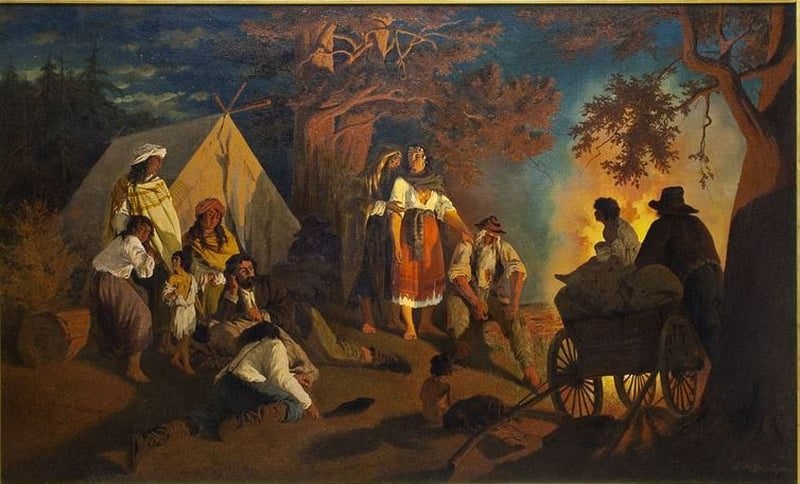
Imagine living a life in which your identity flows like water, constantly reshaping itself over the course of centuries of migration, echoing the whispers of far-off ancestors. Who embodies this fluid existence? For one, the Romani people, by which term I have come to refer to those often called Gypsies. We have seen their culture and their traditions unfold in films or glimpsed them in passing moments. Their deep, complex history is still a tale begging to be told. Let’s set off on a journey, beginning in the plains of northern India and winding its way through Europe, a story as compelling as it is full of wonder.
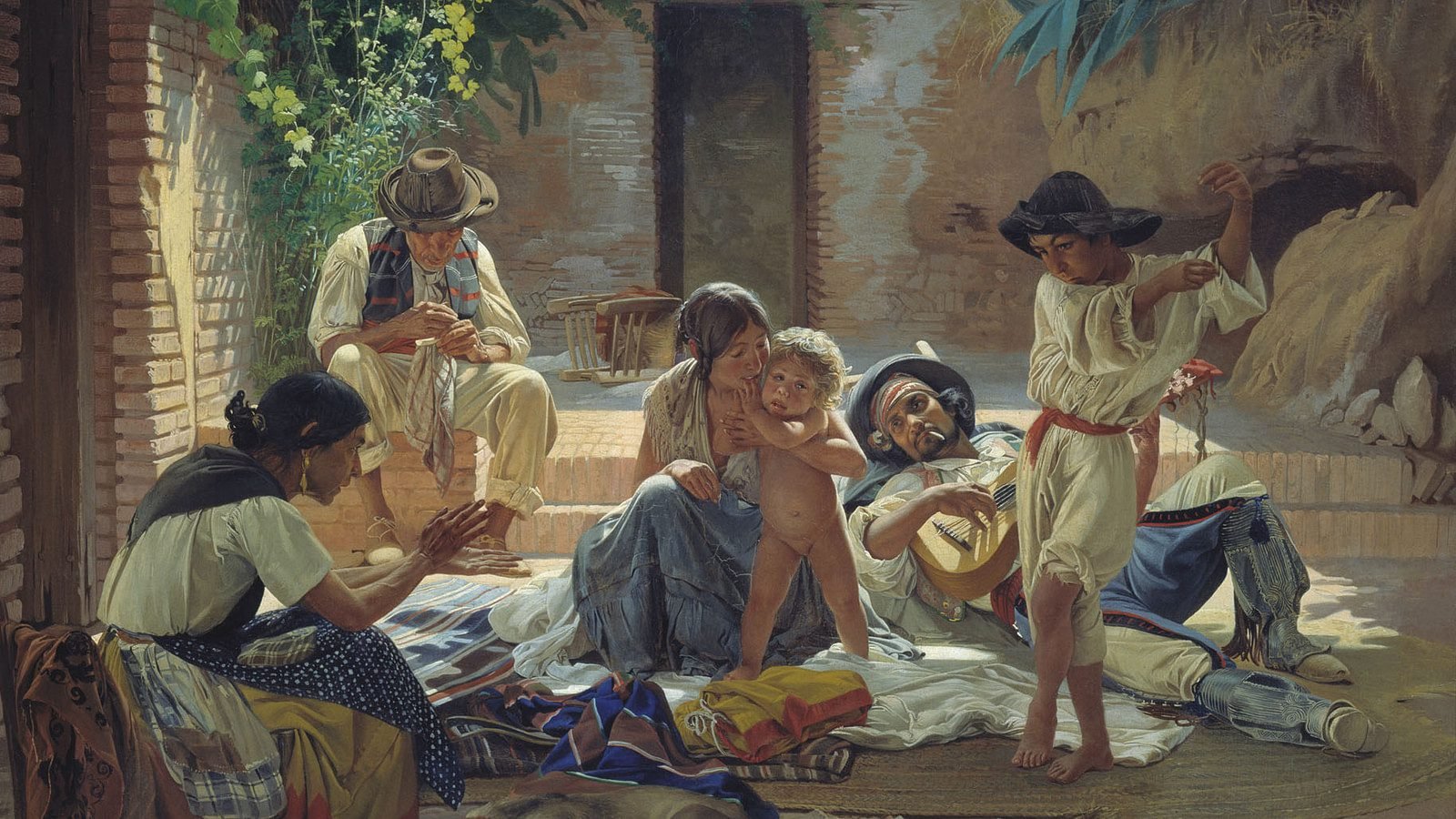
Who Are the Romani?
The Romani are an ethnic group spread all over Europe and beyond, numbering about 10-12 million. Representations of the group often focus on sophisticated aspects of their cultural systems such as nomadism, music, and dance. However, such representative facts are liable to obfuscate their difficult history-for instance, centuries of misunderstanding and persecution. What is commonly not accepted as part of a definition of the Romani, although not infrequently considered as belonging to the ethnic group, is that they are not monolithic-they comprise several subgroups with unique languages, customs, and identities.
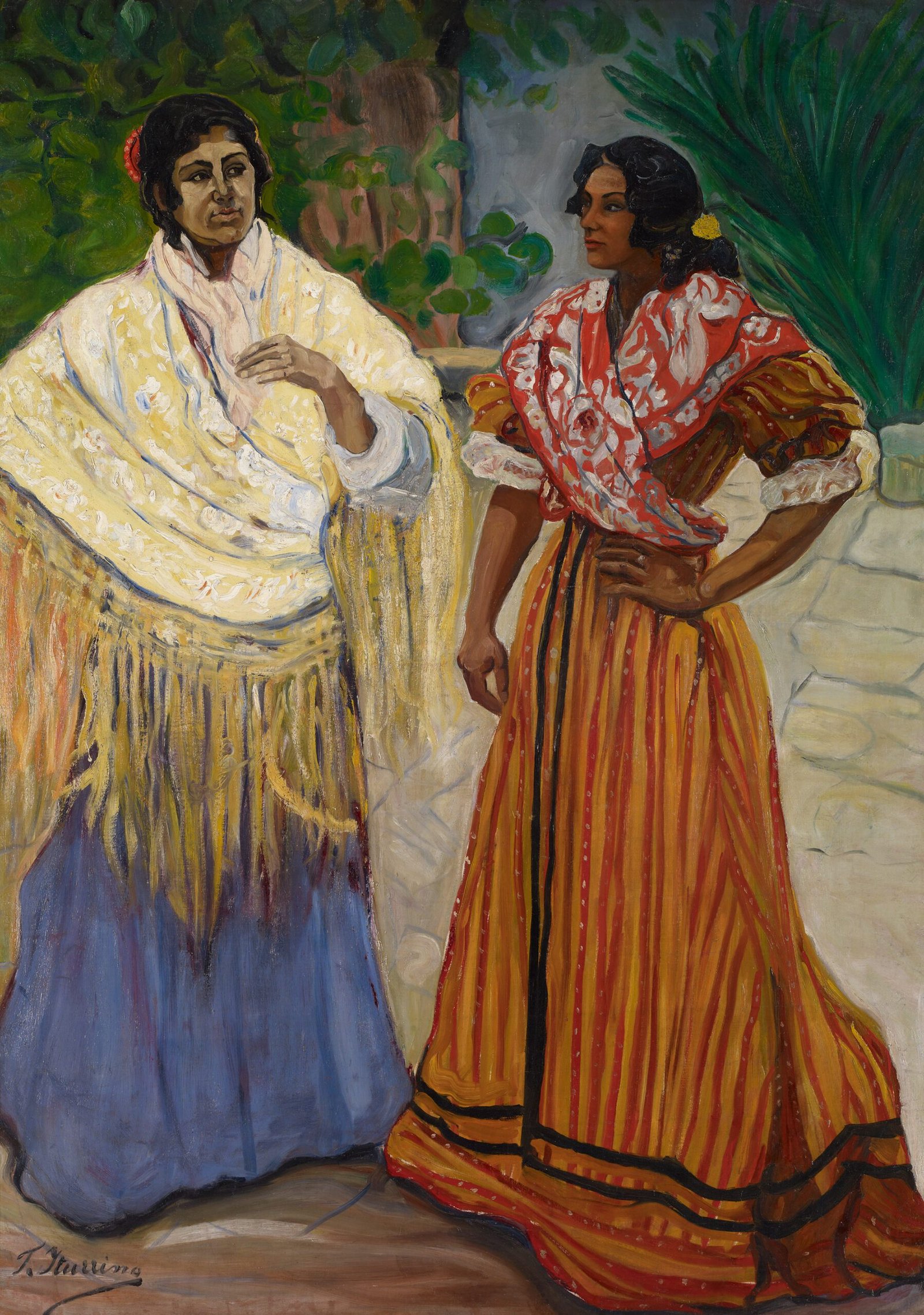
The Indian Connection: A Journey from Punjab to Europe
Linguistic, historical, and genetic evidence indicates that northwestern India, specifically parts of Punjab, Rajasthan, and Haryana, was the homeland of the Romani people. Linguistically, the Romani language is also quite similar to other languages based on Sanskrit, like Hindi and Punjabi. Words like “raj” (king) and “dand” (punishment) show how closely these cultures were connected.
Their language was originally and still is, so far as it remains distinct from various dialects, very rich in vocabulary, which, however close it may otherwise have approached to Sanskrit, yet traceable to that ancient tongue. Even where idiomatic expressions connected with family and social institutions concern the deep cultural affinity existing between the Romani and their Indian ancestors, one can notice the relationship that exists between the two.
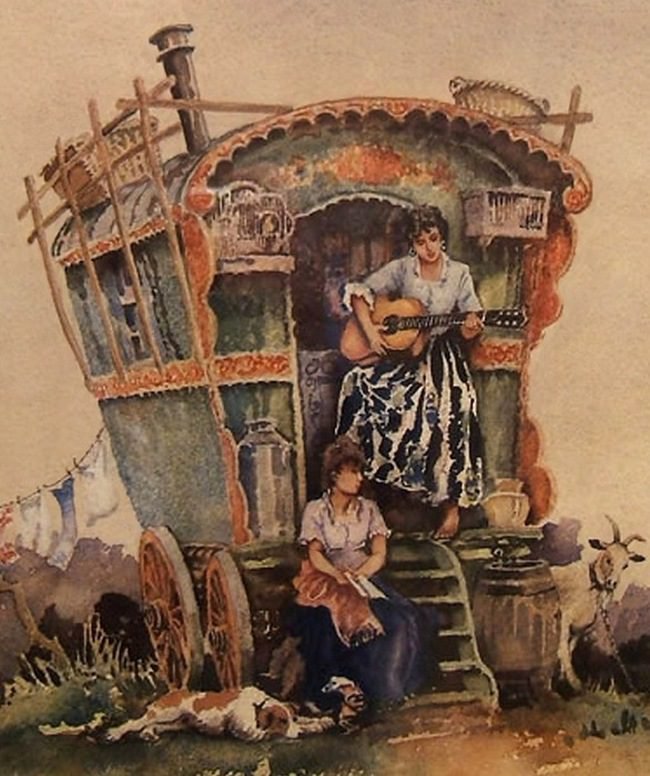
Genetic studies have supported this history. It is found in studies that the Romani genome had come from an Indian group nearly a hundred fifty years ago. This immigration was probably caused due to social instability and also due to certain invaders like Mahmud of Ghazni, whose invasions to India harmed many sections of people.
Why the Migration?
They left India because of wars, social disturbances, and quests for new opportunities. Many of them were artisans, metalworkers, and soldiers, and in the 14th century, they proceeded through Persia and Armenia into Europe. This journey created the strong Romani we see today-from their relationships with local communities to the cultivation of their inherent cultural practices.
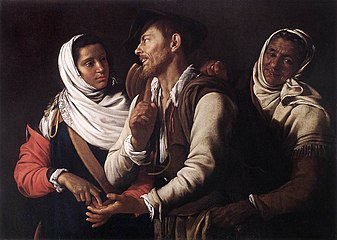
The west migration journey was not only a physical journey but also about their identity of culture since the adaptation that occurred was respective to the new environment. During the process of moving west, they interacted with diverse cultures that affected their music, art, and society. Cultural interaction made traditions merge into new customs and practices.
The Long Road West: Europe and Beyond
As the Romani spread out across Europe, they encountered considerable opposition. Very often mistaken for coming from Egypt—this is a misconception that lent birth to the term “gypsy”—the Romani actually encountered even more suspicion, hostility, and persecution. Discrimination was fueled by this mistaken identity, but so were vicious stereotypes that made the Romani outsiders in societies to which they may have sought refuge.

The Romani have been persecuted throughout history. Their people had to convert to the people’s religion and expel themselves from their communities. The peak of anti-Romani sentiment was in the 19th and 20th century, during World War II with Porajmos, when 500,000 Romani lost their lives.
The dimensiousness of their confused identity through misrepresentation has been added by the pop culture. Although the Romani are often seen as mysterious fortune-tellers or as dashing vagabonds, such simplification tries to strip off their complexity. Movies and books shoot them off at the bottom rungs of society or as an object of romanticising rather than a human being with such rich cultures and histories. Such portraying has only led to systemic discrimination and marginalisation.
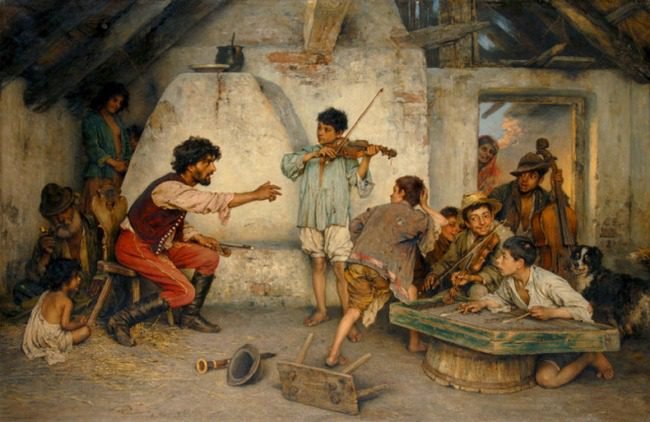
Romani Culture and Society
Despite its lifestyle centered on migration, traditional Romani society is also characterised by its Indian origins. Traditionally, it was organised along the lines of small family-based communities oriented to kinship and mutual support. To a great extent, the family is at the heart of the lives of the Romani, as many traditions and customs are carried out in order to strengthen or initiate family gatherings and celebrations.
Despite such great diversity in traditional ideas, such as colorful dress and imposing ceremonies, they all combine into one rich tapestry of culture. For example, during a Romani wedding, music and dancing followed feasting, both expressing their antecedent heritage and the influences of the cultures they engage in. Elaborate patterns in clothing can indicate clan identity or even marital status.
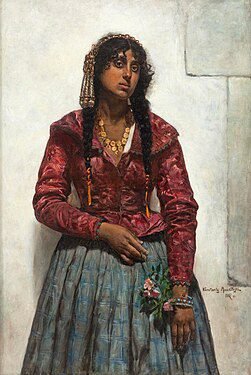
The traditional occupation of Romani communities has for a long time been craftsmanship, entertainment, and trade. The most common activities in such communities have been: metalworking, music and dance, fortune-telling, or arts and crafts. In our time, many of them have faced severe economic exclusion and are unable to use their traditional skills and expertise for their living.
Today, although certain groups of Roma still live the nomadic lifestyle, the majority have settled in permanent houses while trying to hold onto their culture at the same time keeping up with life in the modern world. That they have inserted traditional components into modern life shows their strength and versatility.
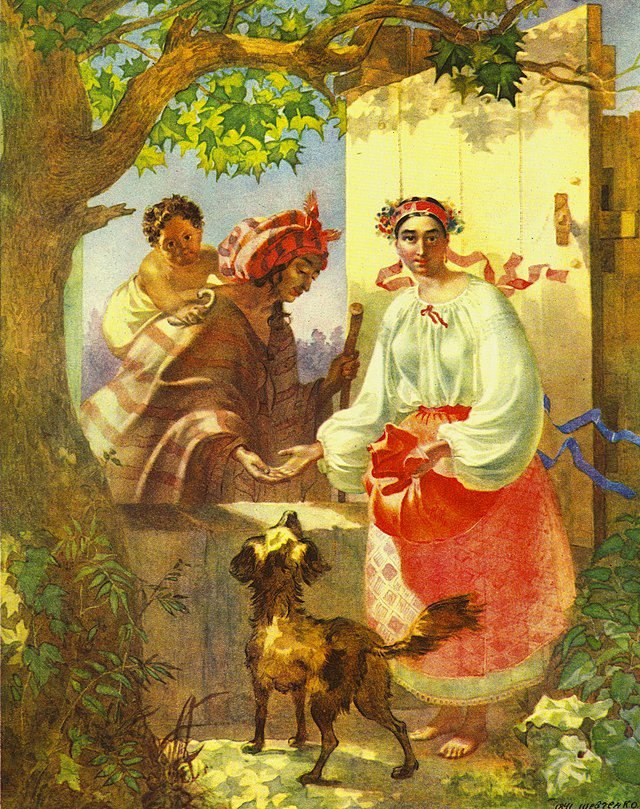
How Indians look upon Romani people?
While the Romani do share common ancestry with India, their association with the Indian subcontinent is more symbolic today. Many Indians are unaware of the Romani diaspora, though interest is growing, particularly among those fascinated by genealogy.
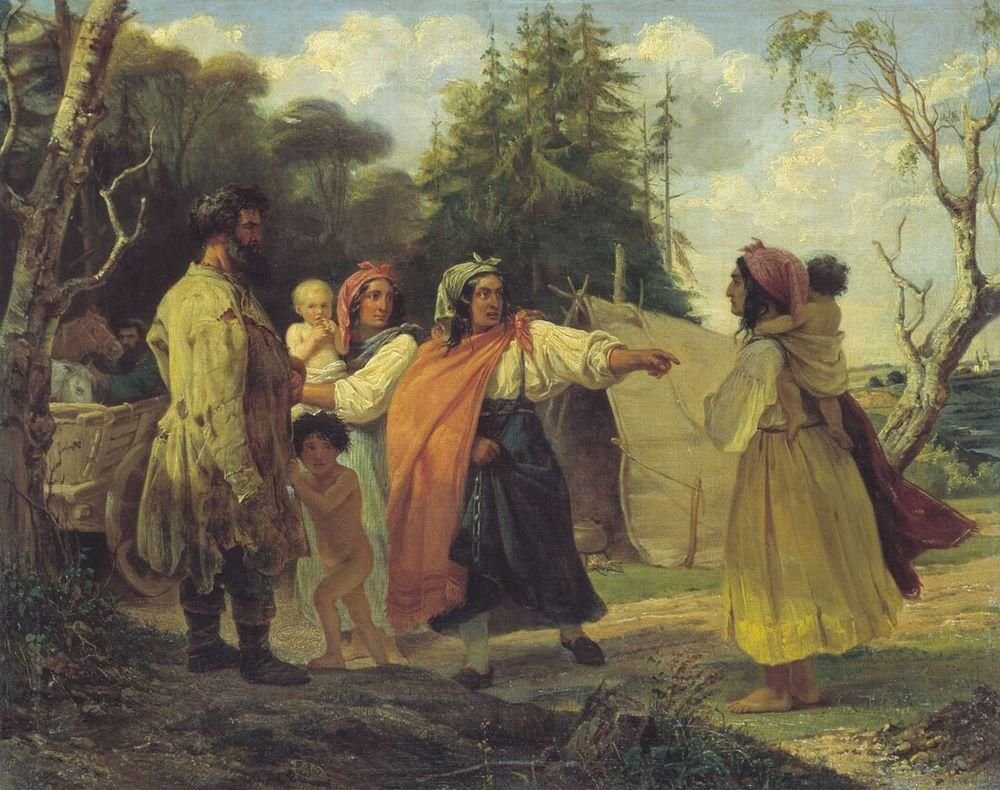
Thus, recognition by India of the Romani as a national minority in the recent past signifies an increasing level of awareness in the country about this common heritage. A few Indian scholars and cultural activists seem to lean towards the advocacy of recognising the Romani as part of India’s extended family, thus promoting initiatives to establish ties between the two communities.
While there are some who accept and embrace this relationship, others, perhaps out of ignorance or a lack of familiarity, regard the Romani as strangers. Such a dual perception is often reflected in broader Indian attitudes toward depressed peoples but also exist within India itself, where caste and social stratification are modern-day realities.
The Romani Lifestyle: A People on the Move
Historically, the Romani people traveled in caravans, providing entertainment, metalwork, and even fortune-telling. In such a lifestyle, much of which has been romanticised, lies also suspicion and ostracism. The idea of the Romani as wanderers is so rooted in historical fact that it has eclipsed even their very real struggle and experience.
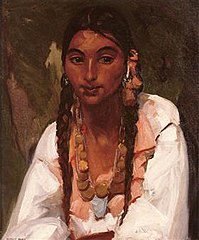
Apart from these, all the communities have settled life and themselves into a modern or urban life; however, issues related to it have arisen differently, especially those of poverty and social class, still exist in Eastern European countries. The majority of the Roma people are deprived of proper education, health facilities, and job opportunities, which remains the most significant reason for their persistence in disadvantageous cycles.
Despite the hardships these people face, the Romani keep promoting solid cultural identity. Through the fusing of old traditions of life and new issues of life, they continue shaping their identity. Music, narration, and arts draw inspirations in the community itself through representations not only of historical experiences but also current situations.
Romani Representation in Modern Society
Popular culture has frequently portrayed the Romani in stereotypical and exoticised ways, either in the form of the “mysterious” fortune-teller or as an idealised version of nomadism. This has created a homogenised image of the Romani without recognising the diversity and complexity of their cultures.
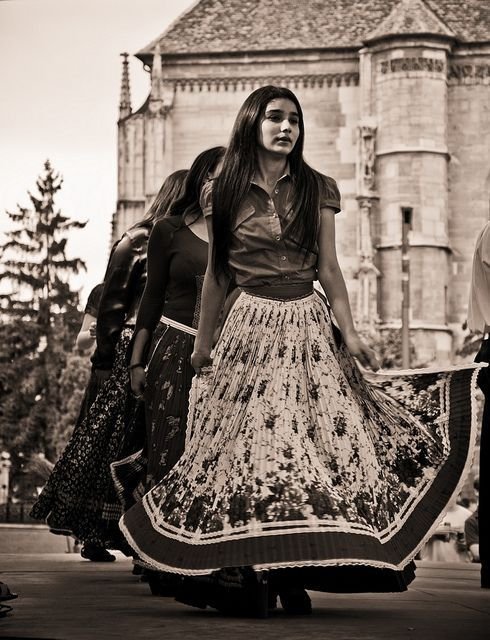
But this is slowly changing because new movements are trying to alter these perceptions. Artists, musicians, and activists all focus on the proper showing of Romani culture and history as they also fight against problematic stereotypes built against them. The more complex nature of the Romani identity is slowly being portrayed in literatures and films, such as stressing out their contributions to the arts as well as to society.
Second, through various advocacy groups, voices are also combined to narrate the stories of the Romani. Their stories should be told and honoured. This is necessary for building understanding and respect for the Romani culture and identity.
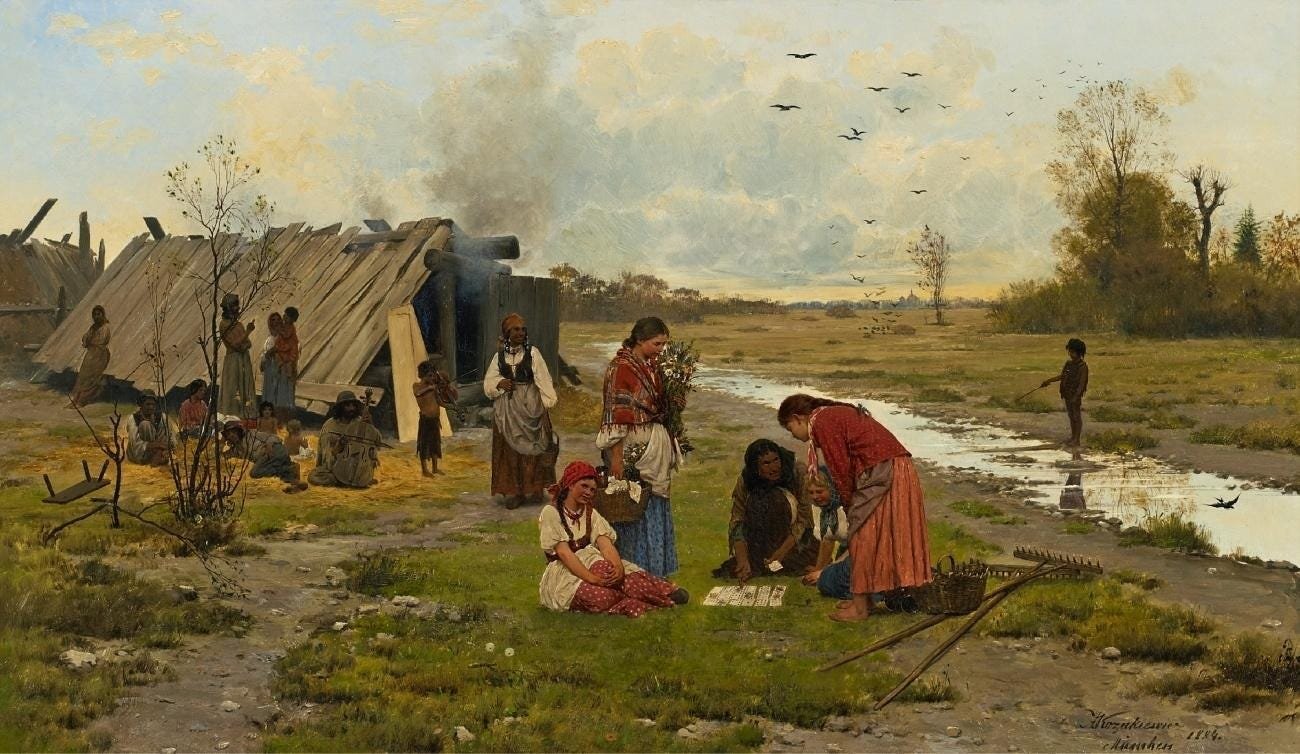
The Battle for Recognition and for Rights
Advocacy groups are eager to challenge myths against the Romani and press the right to civil liberties of this ethnic group. However, perceptions of the Romani as nomads may introduce exclusionary effects in social systems. But there is an increasing grassroots movement within Europe and beyond demanding legal protections and better living conditions for Romani communities.
Efforts for rights and recognition are also commonly linked to broader campaigns for social justice, underlining the importance of anti-discrimination and equity. Intersectional approaches, which include the challenges facing young women, youth, and other excluded community members, are highly characteristic of much of the activism among Romani activists.
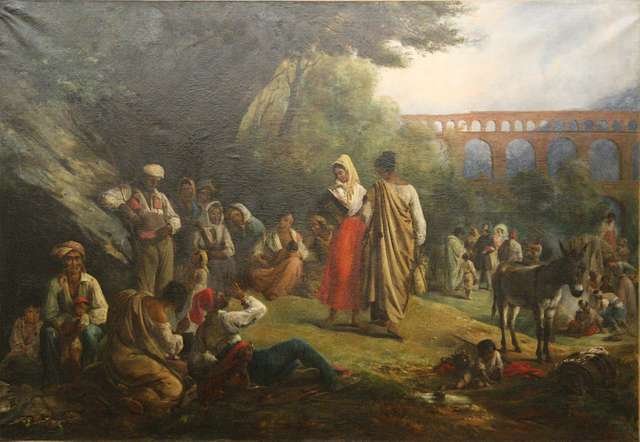
From Past to Present: The Romani Legacy
The journey of Romani people, from their ancestors’ roots in India to the furthest corners of Europe, is nothing but a saga of resilience, adaptability, and cultural richness. In their history, there is not only the sound of difficulty and hardships but also of festive contribution to music, art, and society at large. Despite long centuries of persecution and misrepresentation, the Romani have preserved a robust cultural identity that reflects their broad experiences and heritage.
Understanding the story of the Romani inspires to challenge the stereotypes against them and advocate for the rights of other marginalised communities. This is a call to appreciate their heritage more profoundly and recognise their struggles as one part of our shared human experience.
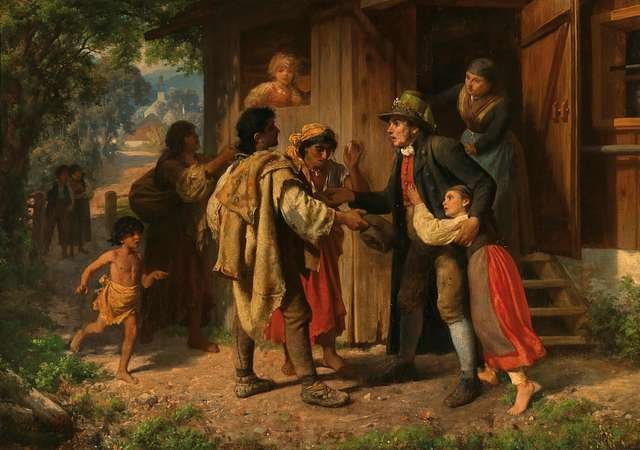
In this respect, the rich diversity of Romani culture, which evolves with the new developing ideas concerning identity, belonging, and the pride of cultural heritage, deserve respect and recognition. And this will be possible by building bridges of unity between cultures and telling inclusive stories that take us to a future where the Romani, and all marginalised groups, contribute a small but meaningful portion to the mosaic of human civilisation. In doing so, we honour not only their past but their unyielding spirit and resilience in the face of adversity.


